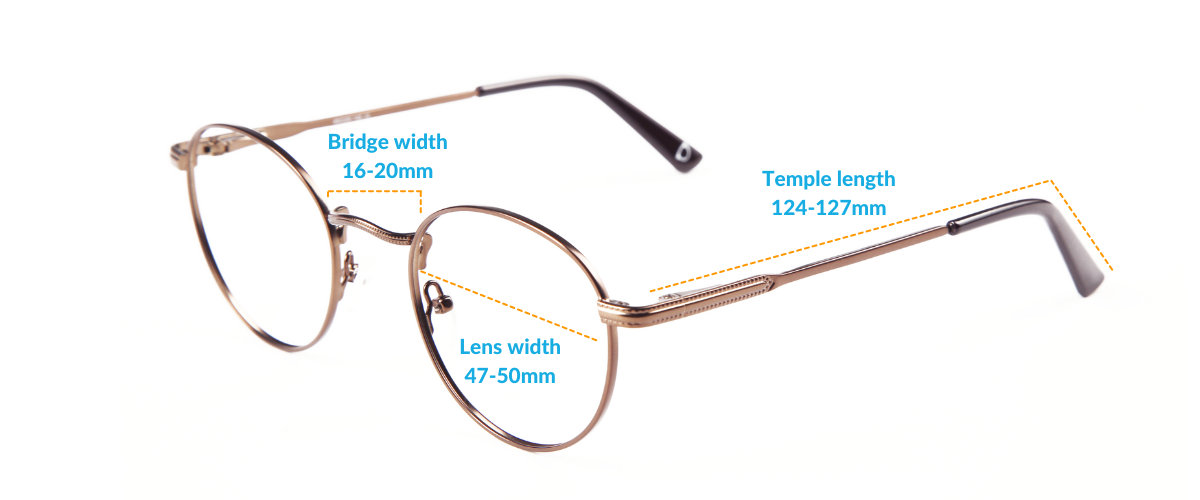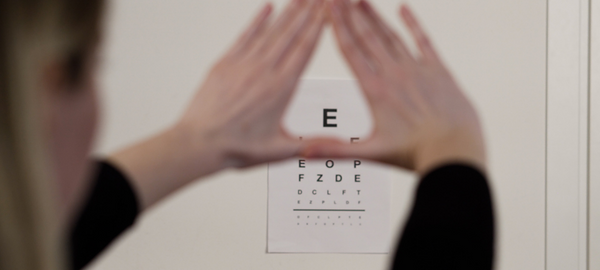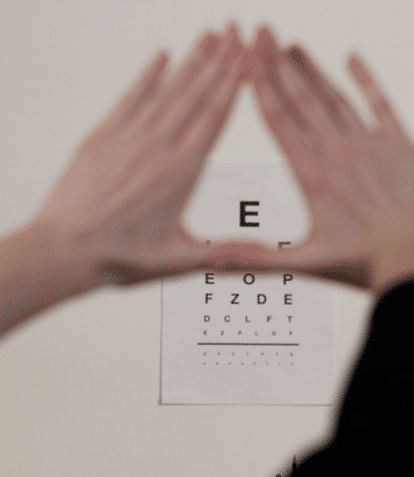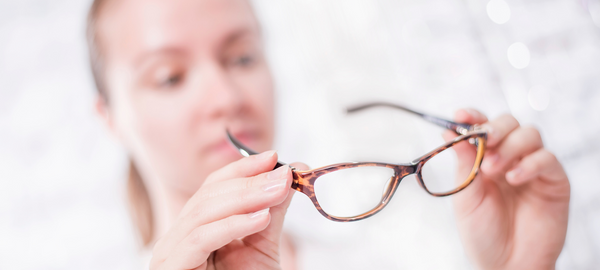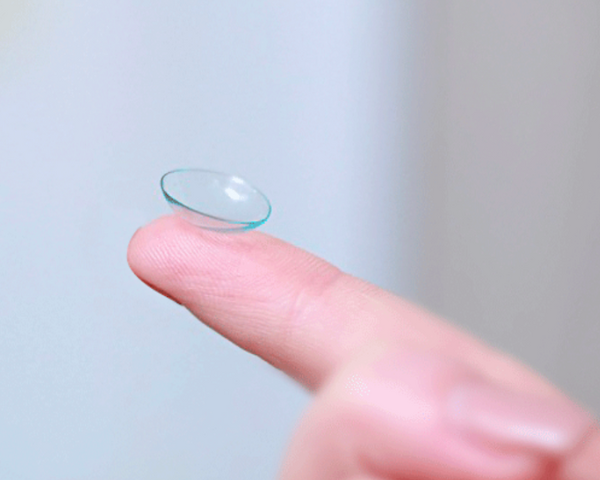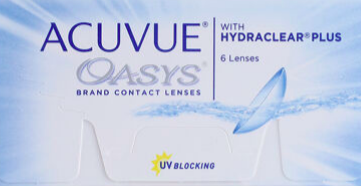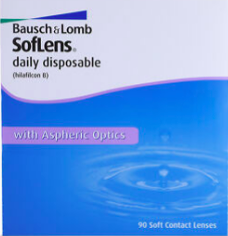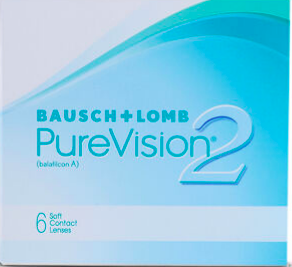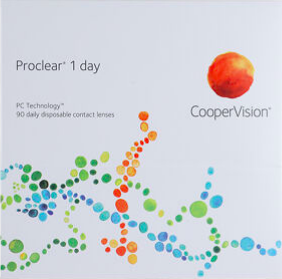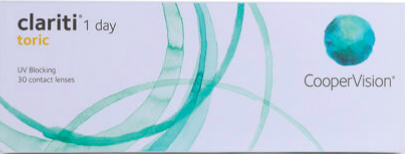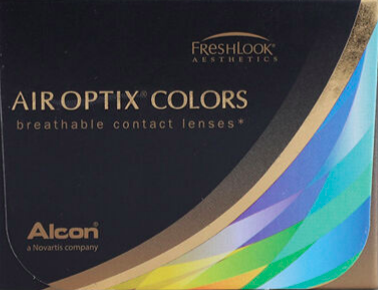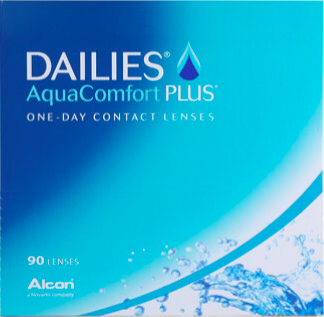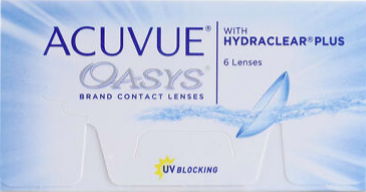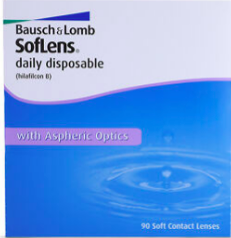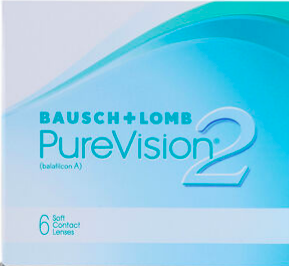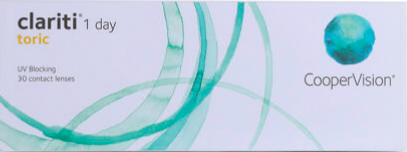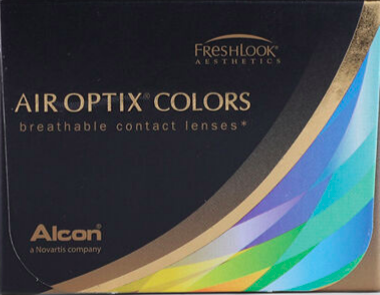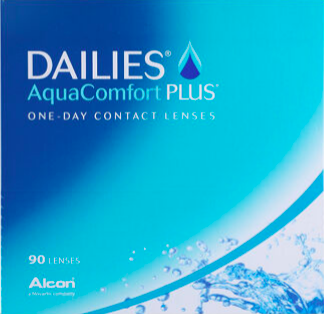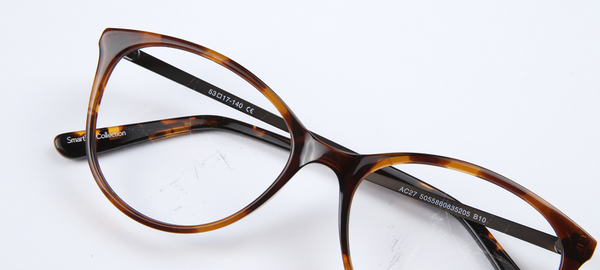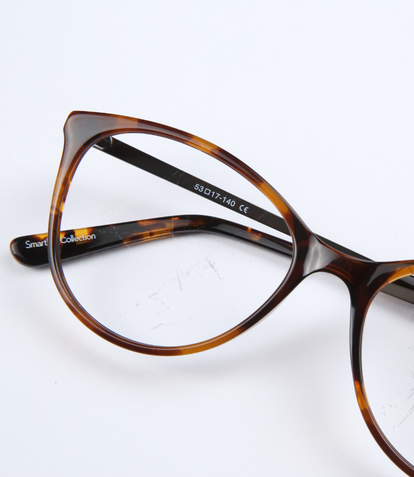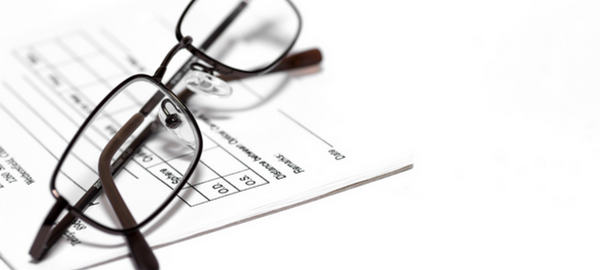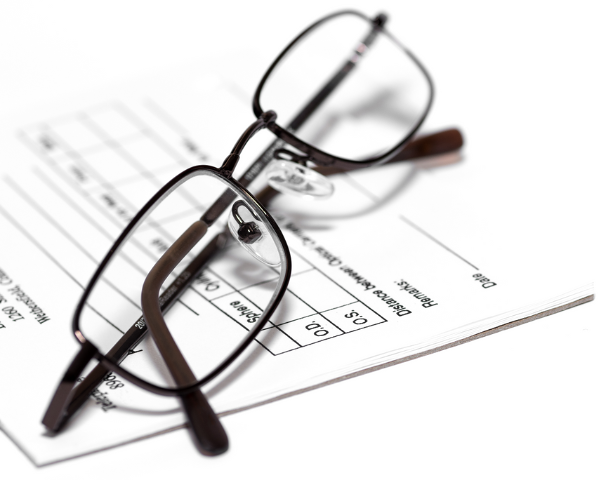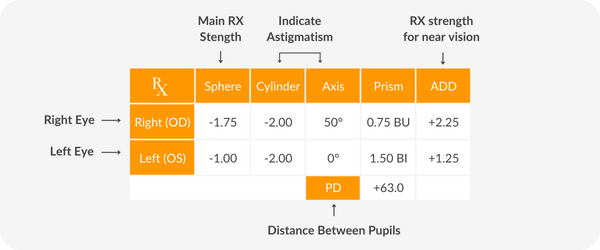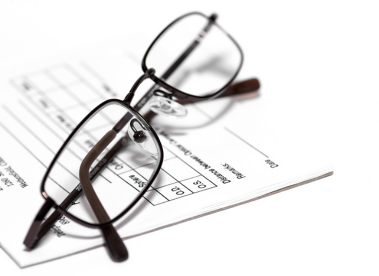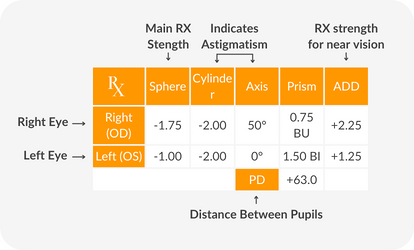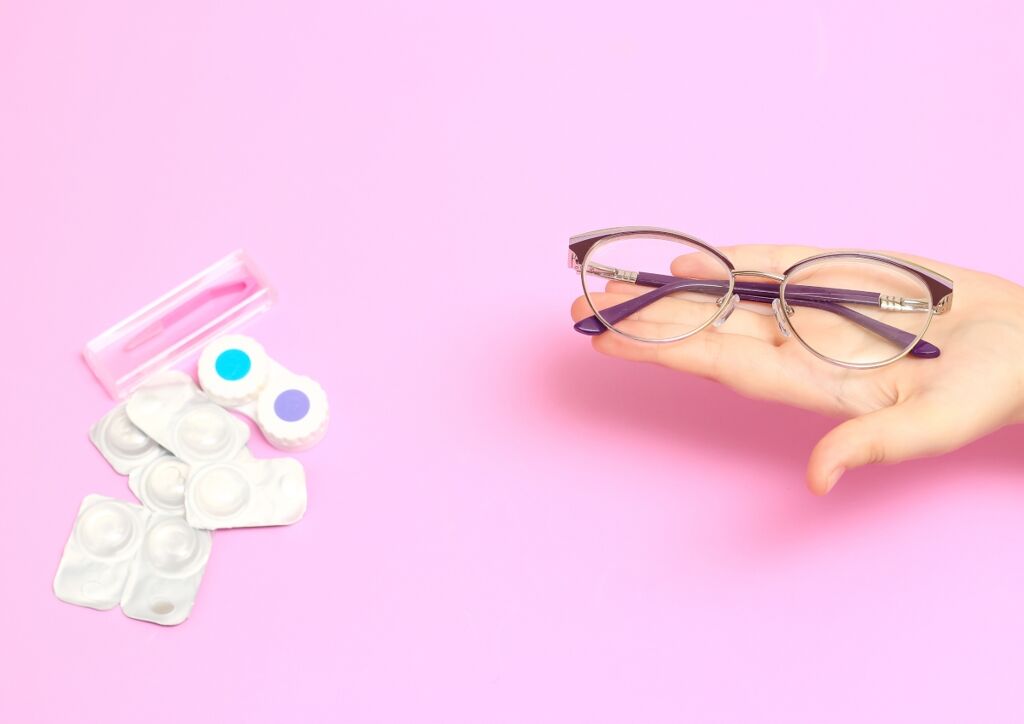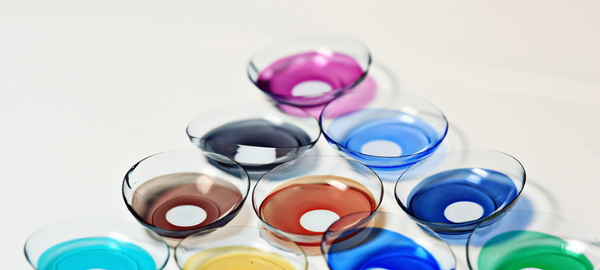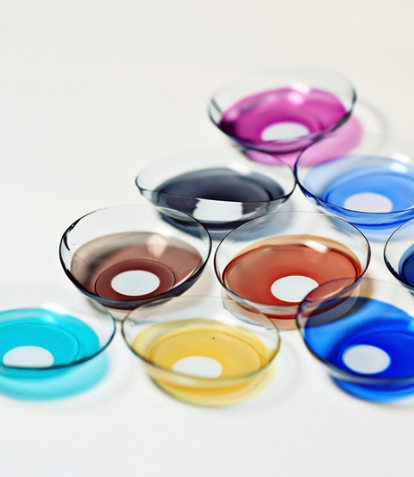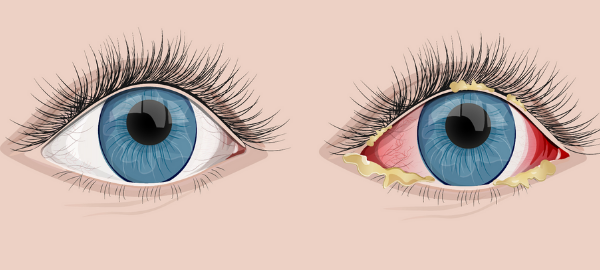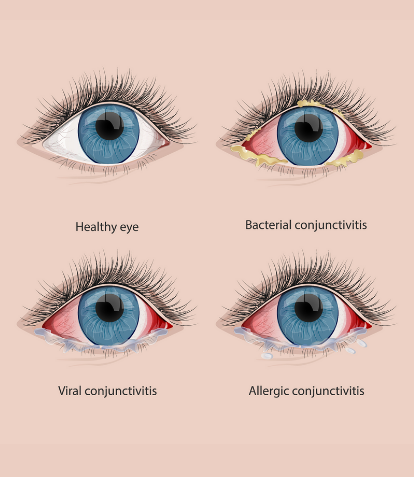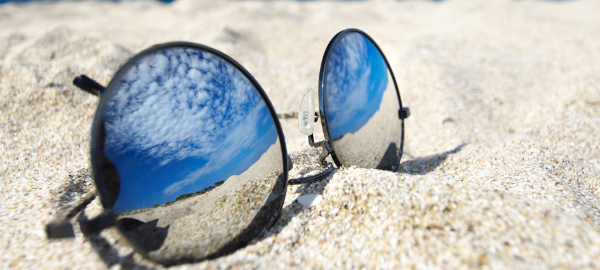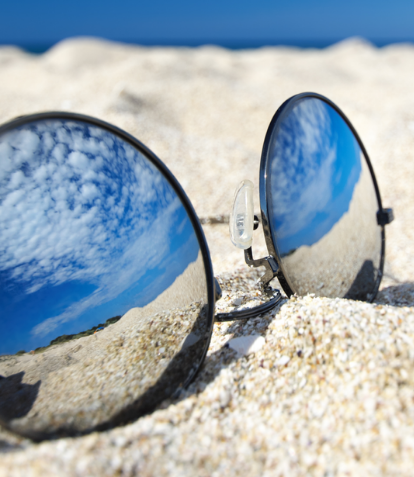
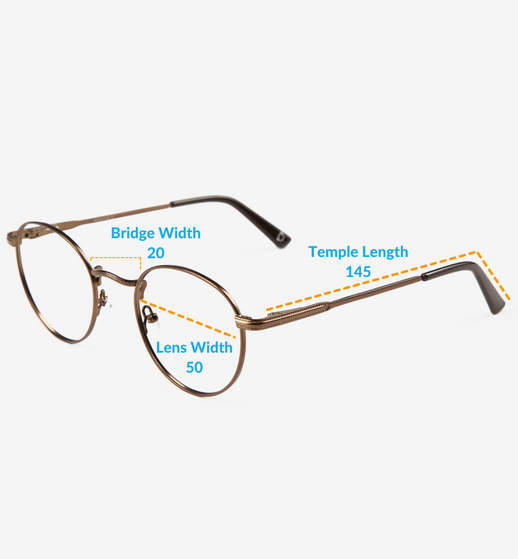
Glasses Measurements: Everything You Need To Know
In the past, shopping for eyeglasses involved tedious trips to eyewear stores, fitting frames, and perusing a few shelves of glasses. That’s not so much the case anymore; online retailers like SmartBuyGlasses have been established for years, and, as a result, there is a near-unlimited amount of colours, sizes, and eyewear designs on sale.
When buying online, knowing your glasses’ measurements is crucial. That is why we’ll explain what glasses measurements are and how to find them.

Eyeglass size explained
You may have noticed all glasses have three numbers engraved on the temples. They represent the glasses’ measurements: the lens width, bridge size, and temple arm length, respectively. Dots, dashes, or vertical bars usually separate these numbers. Some frames may have a fourth number, which refers to the height of the frames. In some cases, acetate frames will have the eye size and bridge size on the nose pads on a plastic frame. All these glasses measurements are measured in millimetres (mm).

Eyeglass frame measurements
The frame width is the horizontal measurement of the frames, including hinges or designs that stick out at the sides. To measure the width of the frames, take a measuring tape or a ruler and measure the entire horizontal front of the frame from the further extended point to the other.
Eyeglass lens measurements
Lenses can be measured both in height and width. The lens height is the vertical measurement of the eyeglass lenses. This is important for bifocal lenses and progressive lenses. Lens width refers to the width of the lenses, which must be measured horizontally.
This typically ranges from 40 mm to 60 mm. To take these measurements, place the measuring tape on the lenses, first vertically, then horizontally, and only measure from one side of the lens to the other, ensuring no part of the frames is included.
How to measure your bridge size for glasses
The bridge size is the distance between the two rims or lenses of the eyeglasses where the nose pads are located. It typically ranges from 14mm to 24mm. Place the measuring tape right between the two lenses to measure the bridge and see how many millimetres are between the nearest points.
How to measure your temple length for glasses
This refers to how long the temple is. Measure your temples from the hinge to the tip, and you’ll come up with the temple length. Usually, it’s between 120mm and 150mm.
How to find out PD for glasses
The pupillary distance is another crucial measurement when ordering glasses online. To find out your pupillary distance, you can either use our online tool or do it manually with the help of a ruler.
Step 1: Standing in front of a mirror, hold the ruler up to the bridge of your nose or against your eyebrows.
Step 2: Close your right eye. While looking in the mirror, align the ruler’s zero with your left pupil.
Step 3: Keeping the ruler still, close your left eye and open your right eye.
Step 4: Read the number aligned with your right pupil’s centre. This number is your pupillary distance.
Step 5: Repeat the process to ensure you get the most accurate result.
If you struggle doing it yourself, you can ask a friend to help you with this and check out our quick and easy tutorial.
I’ve measured my glasses. Now what?
If you need help determining what glasses size will fit best, we have an easy guide to help with that. You will have to measure your temples from one side to the other and check out our size table to find the recommended size based on your measurements.
If you have more questions regarding your glasses size or prescription, head out to our Optical Centre. Our informative articles will help answer your questions, or ask one of our certified online opticians to clarify your doubts.
Glasses Measurements: Everything You Need To Know
In the past, shopping for eyeglasses involved tedious trips to eyewear stores, fitting frames, and perusing a few shelves of glasses. That’s not so much the case anymore; online retailers like SmartBuyGlasses have been established for years, and, as a result, there is a near-unlimited amount of colours, sizes, and eyewear designs on sale.
When buying online, knowing your glasses’ measurements is crucial. That is why we’ll explain what glasses measurements are and how to find them.

Eyeglass size explained
You may have noticed all glasses have three numbers engraved on the temples. They represent the glasses’ measurements: the lens width, bridge size, and temple arm length, respectively. Dots, dashes, or vertical bars usually separate these numbers. Some frames may have a fourth number, which refers to the height of the frames. In some cases, acetate frames will have the eye size and bridge size on the nose pads on a plastic frame. All these glasses measurements are measured in millimetres (mm).

Eyeglass frame measurements
The frame width is the horizontal measurement of the frames, including hinges or designs that stick out at the sides. To measure the width of the frames, take a measuring tape or a ruler and measure the entire horizontal front of the frame from the further extended point to the other.
Eyeglass lens measurements
Lenses can be measured both in height and width. The lens height is the vertical measurement of the eyeglass lenses. This is important for bifocal lenses and progressive lenses. Lens width refers to the width of the lenses, which must be measured horizontally.
This typically ranges from 40 mm to 60 mm. To take these measurements, place the measuring tape on the lenses, first vertically, then horizontally, and only measure from one side of the lens to the other, ensuring no part of the frames is included.
How to measure your bridge size for glasses
The bridge size is the distance between the two rims or lenses of the eyeglasses where the nose pads are located. It typically ranges from 14mm to 24mm. Place the measuring tape right between the two lenses to measure the bridge and see how many millimetres are between the nearest points.
How to measure your temple length for glasses
This refers to how long the temple is. Measure your temples from the hinge to the tip, and you’ll come up with the temple length. Usually, it’s between 120mm and 150mm.
How to find out PD for glasses
The pupillary distance is another crucial measurement when ordering glasses online. To find out your pupillary distance, you can either use our online tool or do it manually with the help of a ruler.
Step 1: Standing in front of a mirror, hold the ruler up to the bridge of your nose or against your eyebrows.
Step 2: Close your right eye. While looking in the mirror, align the ruler’s zero with your left pupil.
Step 3: Keeping the ruler still, close your left eye and open your right eye.
Step 4: Read the number aligned with your right pupil’s centre. This number is your pupillary distance.
Step 5: Repeat the process to ensure you get the most accurate result.
If you struggle doing it yourself, you can ask a friend to help you with this and check out our quick and easy tutorial.
I’ve measured my glasses. Now what?
Now that you have all the information on your glasses’ measurements and know how to take them, it will be way easier when shopping online. Glasses’ measurements won’t be a mystery anymore, and you will confidently be able to choose the right pair of glasses.
If you need help determining what glasses size will fit best, we have an easy guide to help with that. You will have to measure your temples from one side to the other and check out our size table to find the recommended size based on your measurements.
If you have more questions regarding your glasses size or prescription, head out to our Optical Centre. Our informative articles will help answer your questions, or ask one of our certified online opticians to clarify your doubts.





































